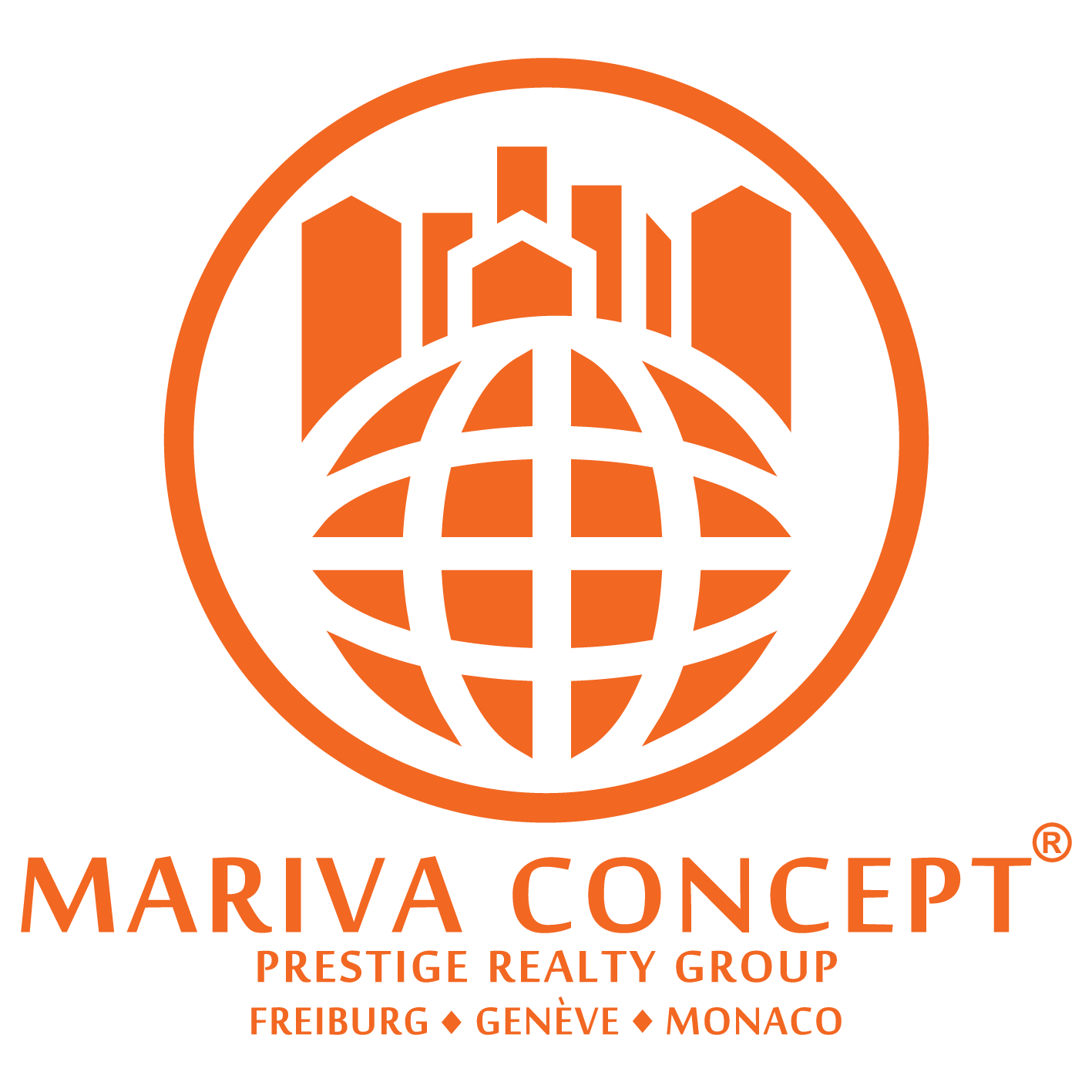Harmony in Diversity: The Art of Designing Tallinn’s Mixed-Use Developments
In the mosaic of Tallinn’s urban landscape, mixed-use developments stand as vibrant expressions of architectural creativity and urban planning ingenuity. These multifaceted projects bring together diverse functions and amenities within a single framework, challenging designers and planners to create environments that seamlessly blend residential, commercial, and recreational elements. As Tallinn evolves into a modern metropolis, the design of mixed-use developments plays a pivotal role in shaping the city’s identity and fostering a sense of community among its residents.
Architectural Diversity: Tallinn’s mixed-use developments embrace architectural diversity as a cornerstone of their design philosophy. From sleek contemporary structures to adaptive reuse of historic buildings, each project reflects the unique character of its surroundings while contributing to the city’s architectural tapestry. Tallinn’s rich cultural heritage serves as a source of inspiration for designers, who draw upon traditional motifs and materials to create modern interpretations that resonate with the city’s past and present.
Urban Connectivity: At the heart of Tallinn’s mixed-use developments lies a commitment to urban connectivity and pedestrian-friendly design. Walkable streets, public squares, and green spaces form the backbone of these projects, encouraging interaction and social engagement among residents and visitors. By prioritizing human-scale design and minimizing reliance on automobiles, mixed-use developments in Tallinn promote a sense of community and belonging while reducing environmental impact.
Sustainability and Resilience: Sustainability is a guiding principle in the design of Tallinn’s mixed-use developments, with a focus on energy efficiency, resource conservation, and resilience to climate change. Green building practices, renewable energy systems, and innovative stormwater management strategies are integrated into the fabric of these projects, ensuring long-term environmental stewardship and occupant comfort. Tallinn’s commitment to sustainability aligns with global efforts to create cities that are resilient, livable, and inclusive.
Community Engagement: The design process of mixed-use developments in Tallinn prioritizes community engagement and stakeholder involvement, ensuring that residents’ voices are heard and their needs are addressed. Through participatory design workshops, public consultations, and collaborative decision-making processes, designers and planners work hand-in-hand with local communities to co-create spaces that reflect their values and aspirations. By fostering a sense of ownership and pride, mixed-use developments become catalysts for social cohesion and cultural exchange in Tallinn.
Looking ahead, the design of Tallinn’s mixed-use developments will continue to evolve in response to changing societal needs, technological advancements, and environmental challenges. As Tallinn embraces its role as a global city, the diversity and innovation inherent in its mixed-use projects will serve as testaments to the city’s resilience and creativity, shaping its identity for generations to come.
In the mosaic of Tallinn’s urban landscape, mixed-use developments stand as vibrant expressions of architectural creativity and urban planning ingenuity. These multifaceted projects bring together diverse functions and amenities within a single framework, challenging designers and planners to create environments that seamlessly blend residential, commercial, and recreational elements. As Tallinn evolves into a modern metropolis, the design of mixed-use developments plays a pivotal role in shaping the city’s identity and fostering a sense of community among its residents.
Architectural Diversity: Tallinn’s mixed-use developments embrace architectural diversity as a cornerstone of their design philosophy. From sleek contemporary structures to adaptive reuse of historic buildings, each project reflects the unique character of its surroundings while contributing to the city’s architectural tapestry. Tallinn’s rich cultural heritage serves as a source of inspiration for designers, who draw upon traditional motifs and materials to create modern interpretations that resonate with the city’s past and present.
Urban Connectivity: At the heart of Tallinn’s mixed-use developments lies a commitment to urban connectivity and pedestrian-friendly design. Walkable streets, public squares, and green spaces form the backbone of these projects, encouraging interaction and social engagement among residents and visitors. By prioritizing human-scale design and minimizing reliance on automobiles, mixed-use developments in Tallinn promote a sense of community and belonging while reducing environmental impact.
Sustainability and Resilience: Sustainability is a guiding principle in the design of Tallinn’s mixed-use developments, with a focus on energy efficiency, resource conservation, and resilience to climate change. Green building practices, renewable energy systems, and innovative stormwater management strategies are integrated into the fabric of these projects, ensuring long-term environmental stewardship and occupant comfort. Tallinn’s commitment to sustainability aligns with global efforts to create cities that are resilient, livable, and inclusive.
Community Engagement: The design process of mixed-use developments in Tallinn prioritizes community engagement and stakeholder involvement, ensuring that residents’ voices are heard and their needs are addressed. Through participatory design workshops, public consultations, and collaborative decision-making processes, designers and planners work hand-in-hand with local communities to co-create spaces that reflect their values and aspirations. By fostering a sense of ownership and pride, mixed-use developments become catalysts for social cohesion and cultural exchange in Tallinn.
Looking ahead, the design of Tallinn’s mixed-use developments will continue to evolve in response to changing societal needs, technological advancements, and environmental challenges. As Tallinn embraces its role as a global city, the diversity and innovation inherent in its mixed-use projects will serve as testaments to the city’s resilience and creativity, shaping its identity for generations to come.




